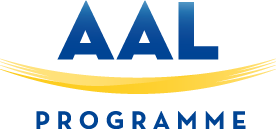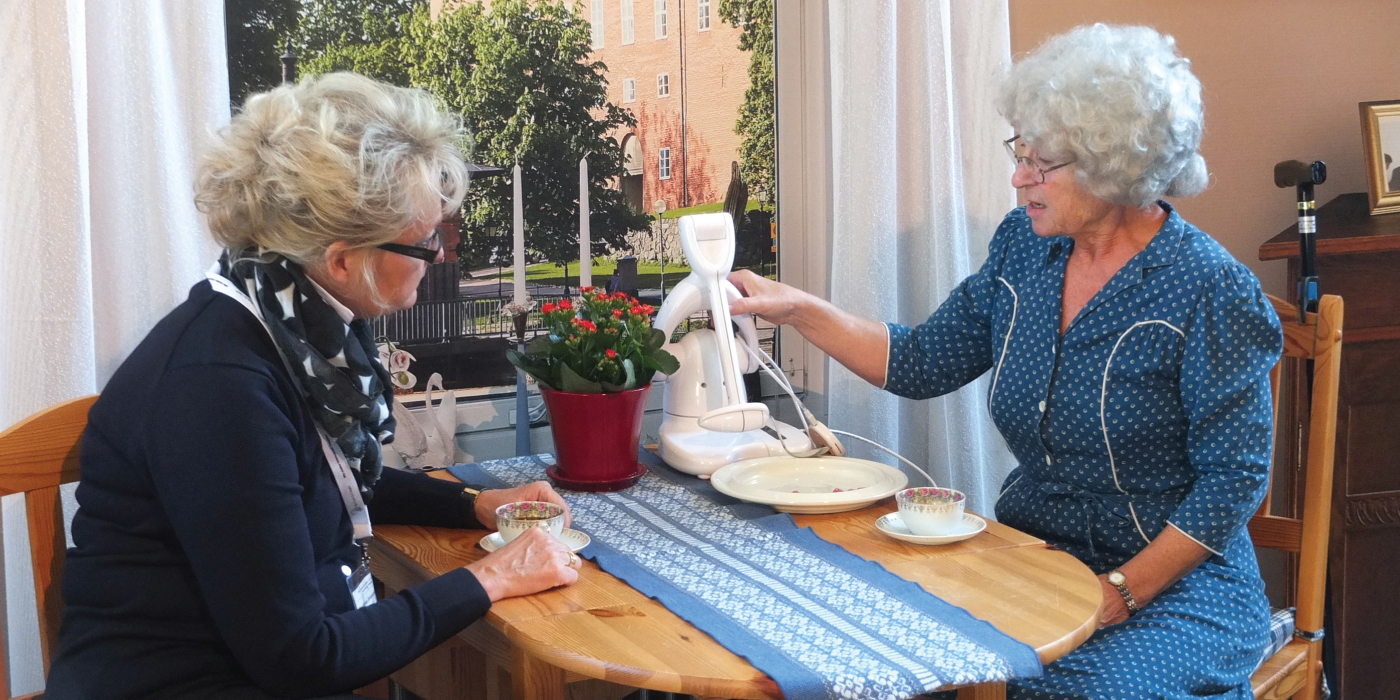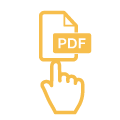Providing access to care information
With multiple carers and a variety of needs, information about an older person’s care needs is often lost between people and systems. The Access project addresses this issue with a platform that automatically integrates care plans and data surrounding the patient to be shared amongst all those involved, including the senior.
An older person living at home will have a variety of care needs. More often than not, however, information about the older person’s needs will not be shared effectively between those providing the care and the family members and informal carers interested in the wellbeing of the senior. The ACCESS project, which is coordinated in France by CEV, set about to address this issue by developing a platform to collect and distribute this information. “The information already exists in the database of the care associations’ information systems,” explains coordinator David Tizon. “All we set out to do was centralise everything inside this platform and distribute it to the right person – which is the senior and the family, as well as the formal carers.” Another major issue the project looked to solve was to make the collection of all this data more efficient. Currently, most information about the care needs of older people is collected by individuals and shared on request. This costs time and money, so the platform was also developed to collect and share data automatically.
Another major challenge was selling the system’s benefits to all those involved. “We can involve the seniors but in a sense the senior is less easy to convince than the family member,” explains Tizon. “The family member is more likely to say yes to all the benefits, especially if they are affordable, so our software is mainly paid for by the care associations, making the cost to the family small, which is when they buy in. “The family member can try to convince the senior to use it but this is not strictly necessary. The benefit of the platform is that it doesn’t have to necessarily involve the senior directly.”One of the partners involved in ACCESS is APOLOGIC, a software provider for care associations. There are only a few major players in this market in France and APOLOGIC have about 43% of the market share. “we were working with this software provider already so we had to find a way to connect this software provider with the elderly people”
Tizon is grateful to the AAL for being able to take the Access project to where it is now, where the scope of its market is Europe-wide. “If we’d set out without the AAL, then we would have only been able to launch the product in France alone,” he says. “We were able to involve more than 20 care associations as well as carry out detailed profiling of the people who want and will use the product. This has given us a much deeper understanding of the market.” Access is now beginning its first steps into this market, starting the commercialisation of the platform in France, where it hopes to have a solid presence by the end of 2016. The project has set up a start-up company called DOME, which has involved different partners form the consortium and they are currently working on fine-tuning the product to make it ready for the market.
“This is a very difficult market,” admits Tizon. “The people who decide what services to use are the seniors, but they are not always interested or don’t understand the technology. “How we are dealing with this is to contact the people who are already in contact with those seniors and get them on board. It is through these channels that the product will be sold.”
Main Contact
David Tizon
Tel: +33 6 80 32 22 51
Email: david.tizon@cev-sa.com
Web: access-project.org
This is how we help projects delivering social innovation!
We, at the AAL Joint Programme, are seriously committed in helping our projects to go to market so that they can deliver for the good of individuals, society and economy. This is social Innovation.




